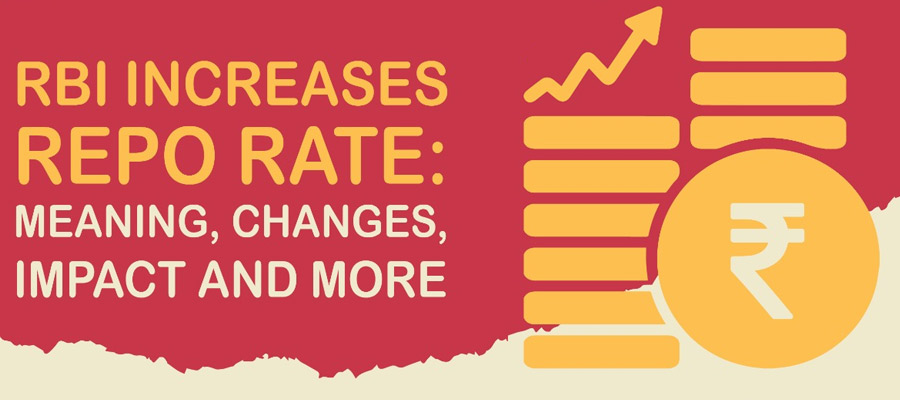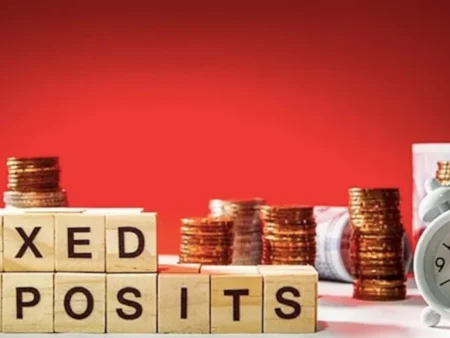
In its latest monetary policy review, the Reserve Bank of India (RBI) announced a 25 basis point cut in the repo rate, bringing it down to 5.75%. While this move aims to boost economic activity and ease borrowing costs, it may have a downside for fixed-income investors — especially those relying on fixed deposits (FDs) for stable returns.
What Happens to FD Rates After an RBI Rate Cut?
When the RBI cuts the repo rate — the rate at which it lends to commercial banks — it signals a softer interest rate regime. Banks, in turn, reduce their own lending and deposit rates. Since fixed deposits are part of a bank’s deposit structure, their interest rates typically follow suit.
In short: a repo rate cut usually leads to a fall in FD interest rates.
How Quickly Do FD Rates React?
FD rates don’t change overnight, but banks often revise them within days or weeks of a policy decision. While large public sector banks tend to respond a bit slower, private sector banks and small finance banks can be quicker to tweak their offerings.
Should You Lock in an FD Now?
If you believe further rate cuts are likely, locking in a long-term FD at current rates might be a smart move. Some banks offer special tenure FDs with slightly higher returns — those could be worth considering.
Alternatively, investors looking for flexibility might prefer laddering their FDs — splitting investments across different tenures so they’re not fully locked in during a falling-rate cycle.
Senior Citizens: Keep an Eye on Special Rates
Senior citizens often get an additional 0.50% on FD rates. However, even this cushion could shrink if base rates fall too far. Exploring alternatives like Senior Citizens Savings Scheme (SCSS) or RBI Floating Rate Bonds might help maintain returns.
Conclusions
Rate cuts are a tool to boost economic growth, but for savers, they can trim the returns on traditional debt instruments like FDs. Being proactive and watching the interest rate trend can help you make smarter, better-timed investment decisions.





